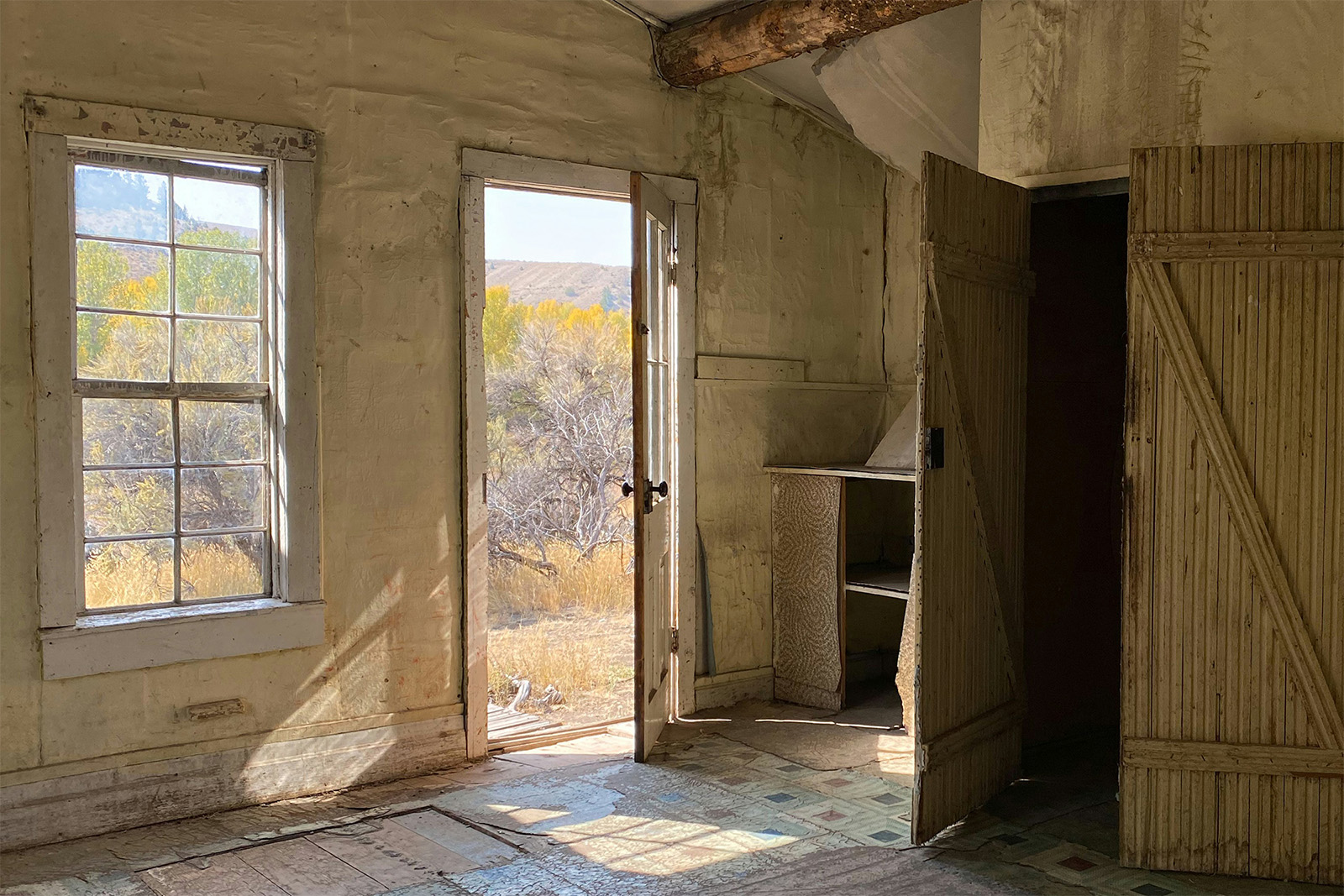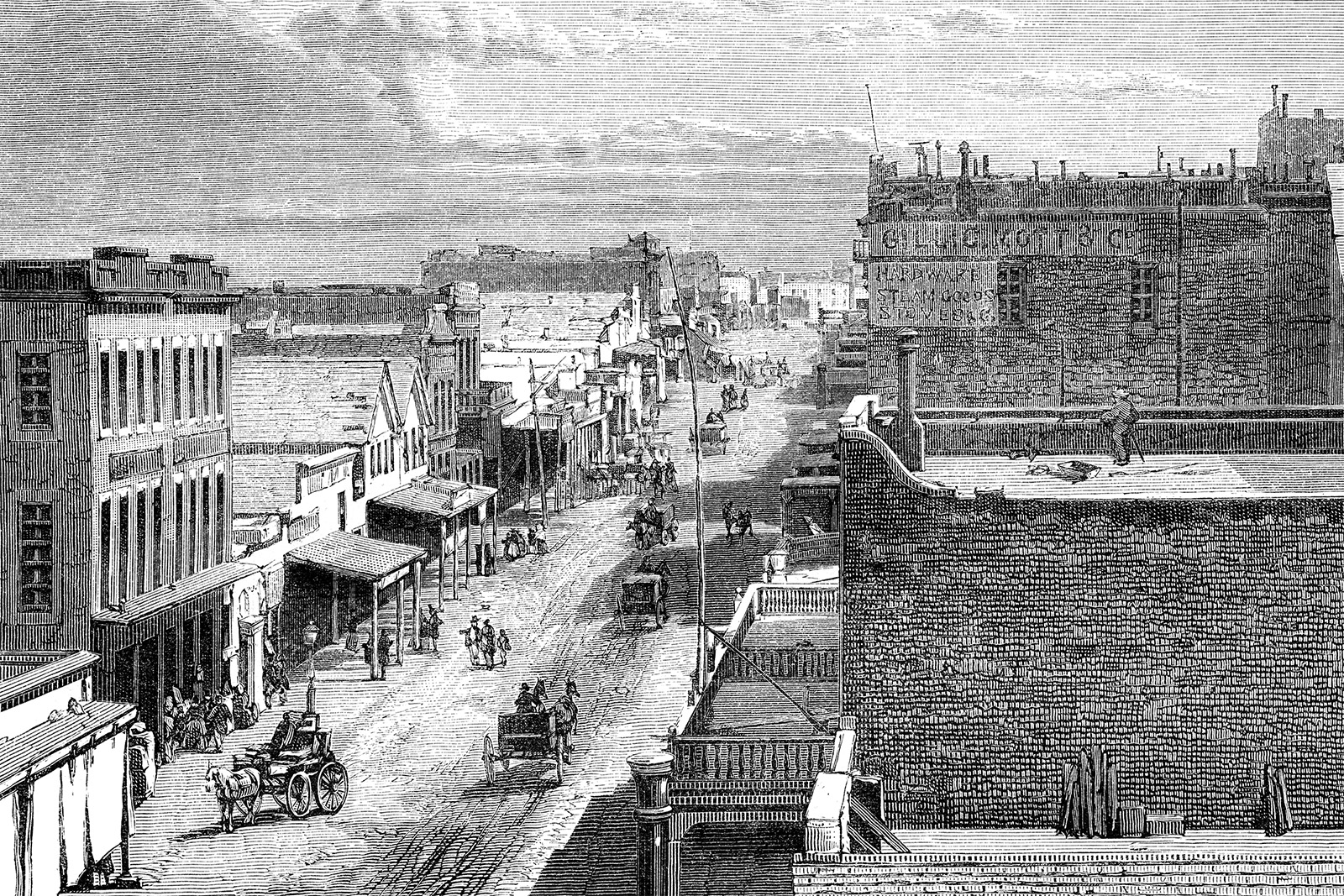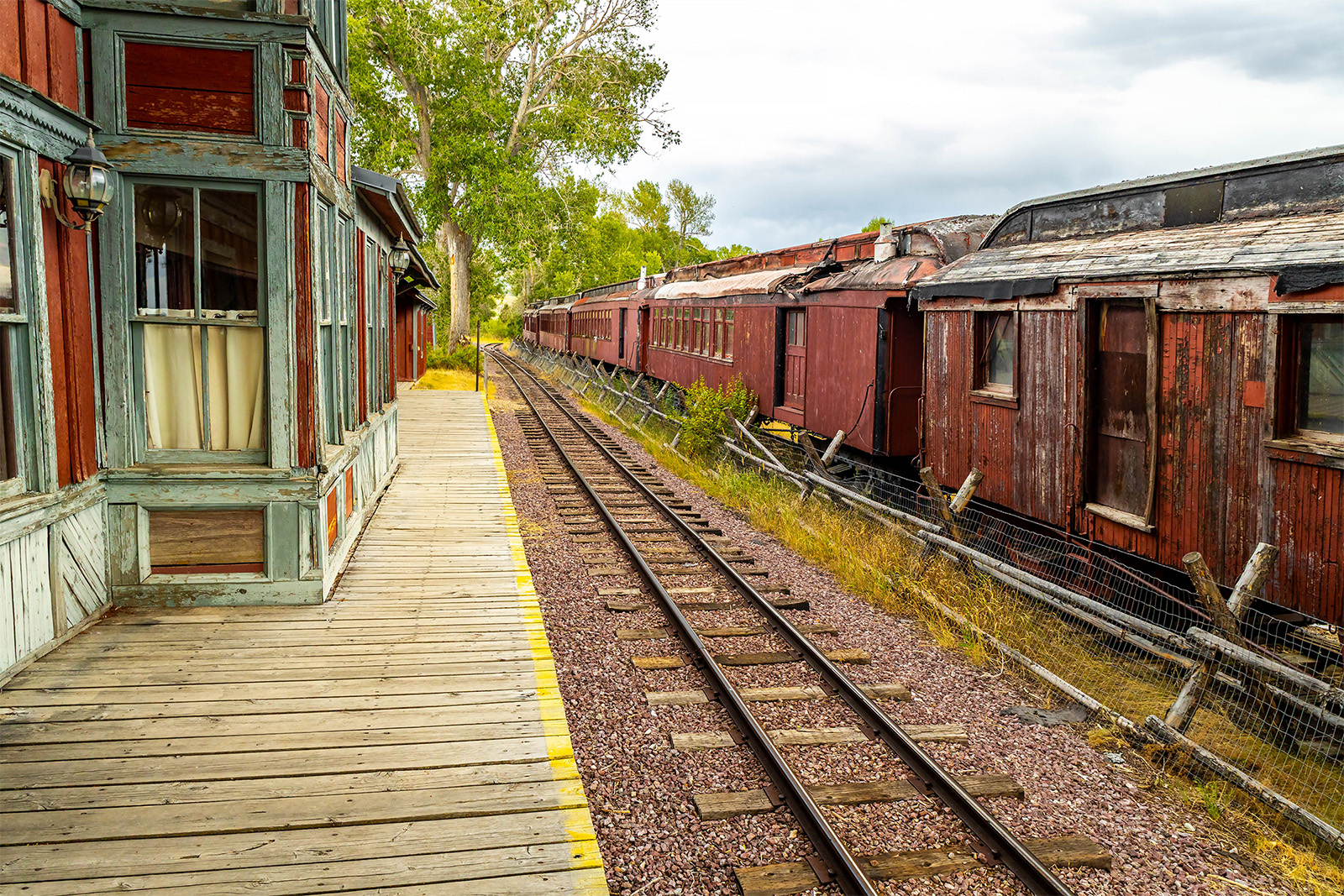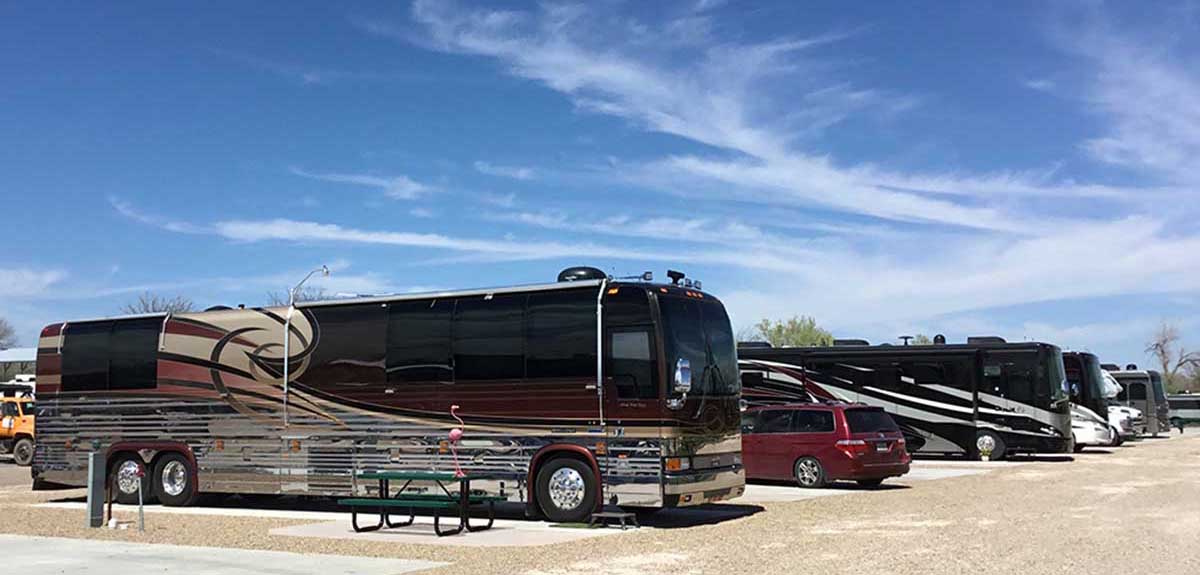Must-See Montana Ghost Towns
Step into gold rush history at these spooky stops in Montana.
Image Caption: Image source: Getty Images
Montana’s ghost towns are silent witnesses to a turbulent past. The wind whistles through weathered walls, doors creak on rusted hinges, and empty streets echo with stories of miners, outlaws, and frontier justice. Visiting these towns is like stepping back to the Gold Rush era—an adventure that blends history, mystery, and the rugged beauty of Montana.
Go West to Montana’s Ghost Towns
The westward migration of the 19th century transformed the American landscape. The cry of “Eureka!” rang through cities, towns, and villages, tempting thousands to risk everything for gold. Today, the journey west still draws travelers, RVers, and history enthusiasts to Montana’s abandoned towns, where the remnants of this golden era are preserved for modern explorers. Scenic drives connect these towns, and RV-friendly campgrounds make it easy to spend a night, or several, under Montana’s Big Sky.
Eureka! Montana’s Golden Years
Gold was first discovered at Gold Creek in 1852 by French-Canadian trapper Francois Finlay, also known as Benetsee. Though the initial strike was modest, it attracted miners and entrepreneurs alike. By 1862, Gold Creek saw the first lawless exploits of Montana’s frontier justice. Gamblers Arnett, Jernigan, and Spillman fleeced miners in a four-day spree, only to meet their dramatic fates: one shot mid-card game, another banished, and the last hanged. This episode foreshadowed a long tradition of vigilantism in Montana’s mining towns.
Later that year, a group of “Pikes Peakers” from Colorado discovered gold along Grasshopper Creek, attracting miners away from Gold Creek. Bannack soon rose nearby, a town destined to become Montana’s first territorial capital.
Bannack: Frontier Chaos and Vigilante Justice

Donald Merrill via Unsplash
Bannack was named for the Bannock Indians. The “o” in the name inadvertently became an “a” when the name was misread after being submitted to Washington, D.C., to establish a post office.
Bannack exploded in population from a few dozen miners to over 3,000 in less than a year. Supplies came from Salt Lake City via ox train, the ruts of which are still visible today. The town’s early years were defined by booming saloons, gambling houses, and lawlessness.
Henry Plummer, a former San Quentin prisoner, was elected sheriff due to his charm and trustworthiness. Secretly, he led a gang called The Innocents, plundering miners at will. The townspeople eventually formed the Vigilante Committee, executing 24 suspected gang members, including Plummer himself.
Bannack produced millions in gold from 1862 to 1876 and continued mining under wage labor by the century’s end. By 1953, only a few residents remained. Today, Bannack is a Montana State Park and National Historic Landmark. Over 50 preserved buildings—including the Hotel Meade and a bachelor miner’s shack—allow visitors to walk the streets of Montana’s first boomtown. Ghost walks in October and self-guided tours bring the town’s dramatic history to life.
RVers can stay in a 28-site primitive campground that accommodates rigs up to 50 feet.
Virginia City: A Half-Living Ghost Town

Ivan-96 via Getty Images
Less than 60 miles from Dillon, Montana, Virginia City offers a mix of history and modern amenities. Founded after gold was discovered in Alder Gulch, it grew to over 10,000 residents within a year, forming part of the so-called 14-Mile City along with Nevada City and others. Virginia City briefly became the territorial capital before losing it to Helena.
The town retains its Gold Rush-era charm, with preserved storefronts, museums, and period activities. Visitors can still see original displays of medicines, dry goods, and frontier artifacts. Street performers, saloon re-enactors, and rope demonstrations bring history to life.
Nevada City: Re-Created Frontier History

Image source: GummyBone via Getty Images
Nevada City never matched Virginia City in size and was nearly abandoned by 1876. Today, it has been carefully re-created with a mix of original and relocated frontier buildings. The town features 100 structures dating from 1863 to 1900, including the Music Hall, which houses North America’s largest playable collection of automated music machines.
Living-history weekends immerse visitors in Gold Rush life, with costumed interpreters portraying miners, saloon workers, and even the infamous Innocents. Guests can try their hand at mining, watch a sluice box in action, or experience a mock saloon game.
Nevada City offers a rare opportunity to step into Montana’s perfectly preserved frontier past.
Planning Your Montana Ghost Town Adventure
Montana’s ghost towns offer a unique blend of history, adventure, and scenic beauty. Bannack, Virginia City, and Nevada City each tell their own story, from lawless frontier beginnings to carefully preserved historical sites. Whether you’re wandering abandoned streets, enjoying living-history demonstrations, or camping under the stars, these towns provide an unforgettable window into the American West.
RV travelers will find campgrounds near each town, with a mix of primitive and full hook-up sites. Plan for multiple days to fully explore the area, including scenic drives along Montana’s rugged landscapes, and immerse yourself in a part of history that few other states can offer.
Additional Montana RV Trip Resources
Check out these other guides on RV.com to help you plan RV trips all over Montana!




